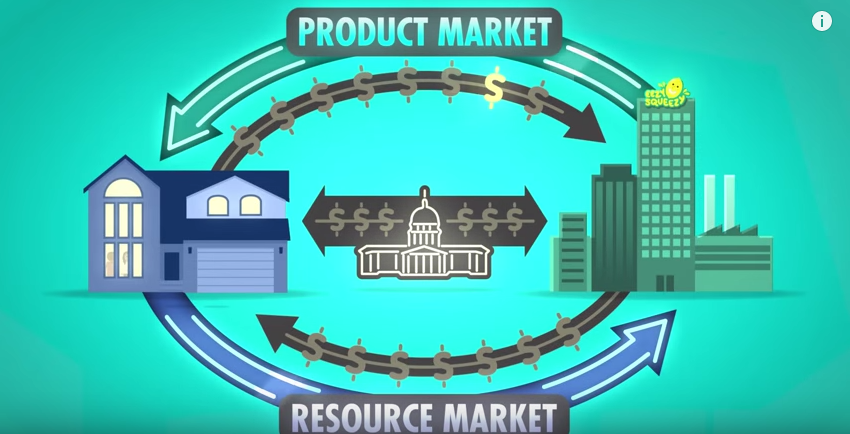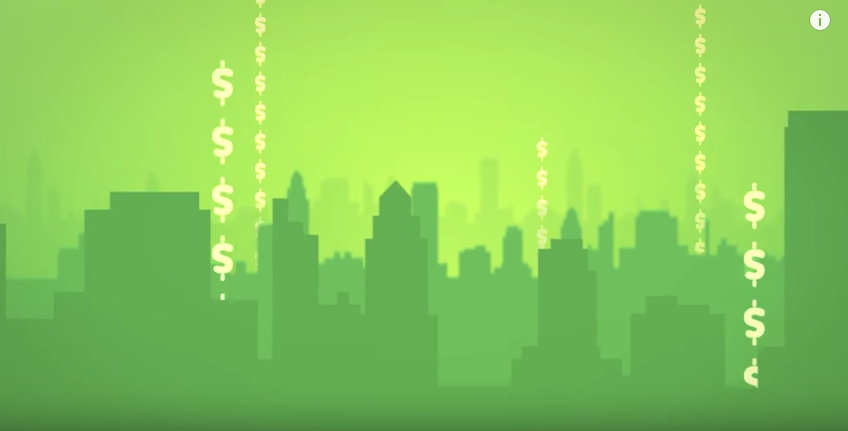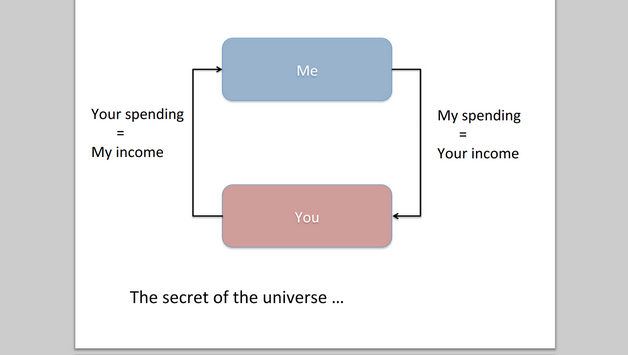How do goods, money, and resources circulate between individuals, business, and government? Crash Course explains it and uses this graph to represent the circular flow:

Notice anything strange in this illustration?
Both households and businesses give and receive in the cycle, since people receive money (which are used to buy goods) for their labor, and businesses receive labor for the money the pay to their employees.
Government, however, only gives money in this graph. Since government does not create wealth (it only takes and redistributes it), the graph is missing the arrows of money going from households and businesses to the government (i.e. taxes).
I’m not the only one who noticed the error in this graph. Josh, a fan and commenter of CCC, mentioned this in the comments of the previous article:

Nice catch Josh.
To be fair, Crash Course does mention taxation when explaining the graph, however:
 Where does the government get the money? Well, they get some of it from taxing households and businesses, and they get some of it from borrowing, but we’ll talk about that later.
Where does the government get the money? Well, they get some of it from taxing households and businesses, and they get some of it from borrowing, but we’ll talk about that later.
Maybe because the government gets its money from both taxation and borrowing, they did not want to include any representation of the inflow of money before explaining borrowing. This is the only explanation I can think of.
While Crash Course’s illustration does contain a clear error, it is not as crude as economist Paul Krugman’s illustration, which he presented to his Econ 348 students at Princeton:

In Krugman’s example, people just pass money back and forth to each other. The exchange element is completely missing.